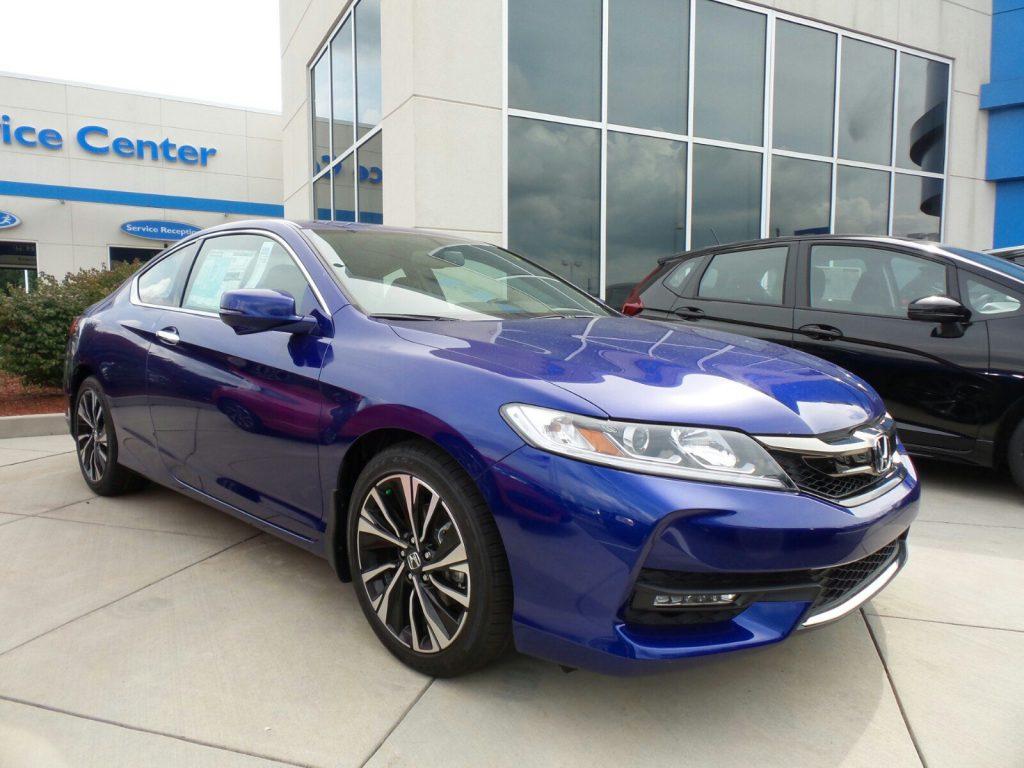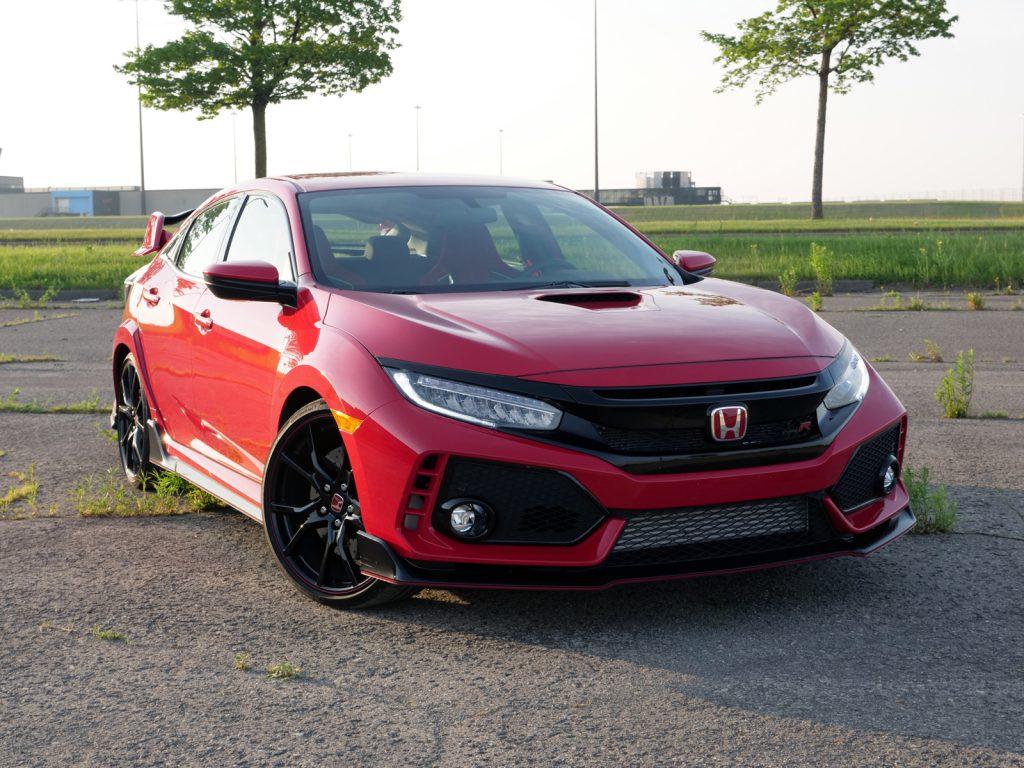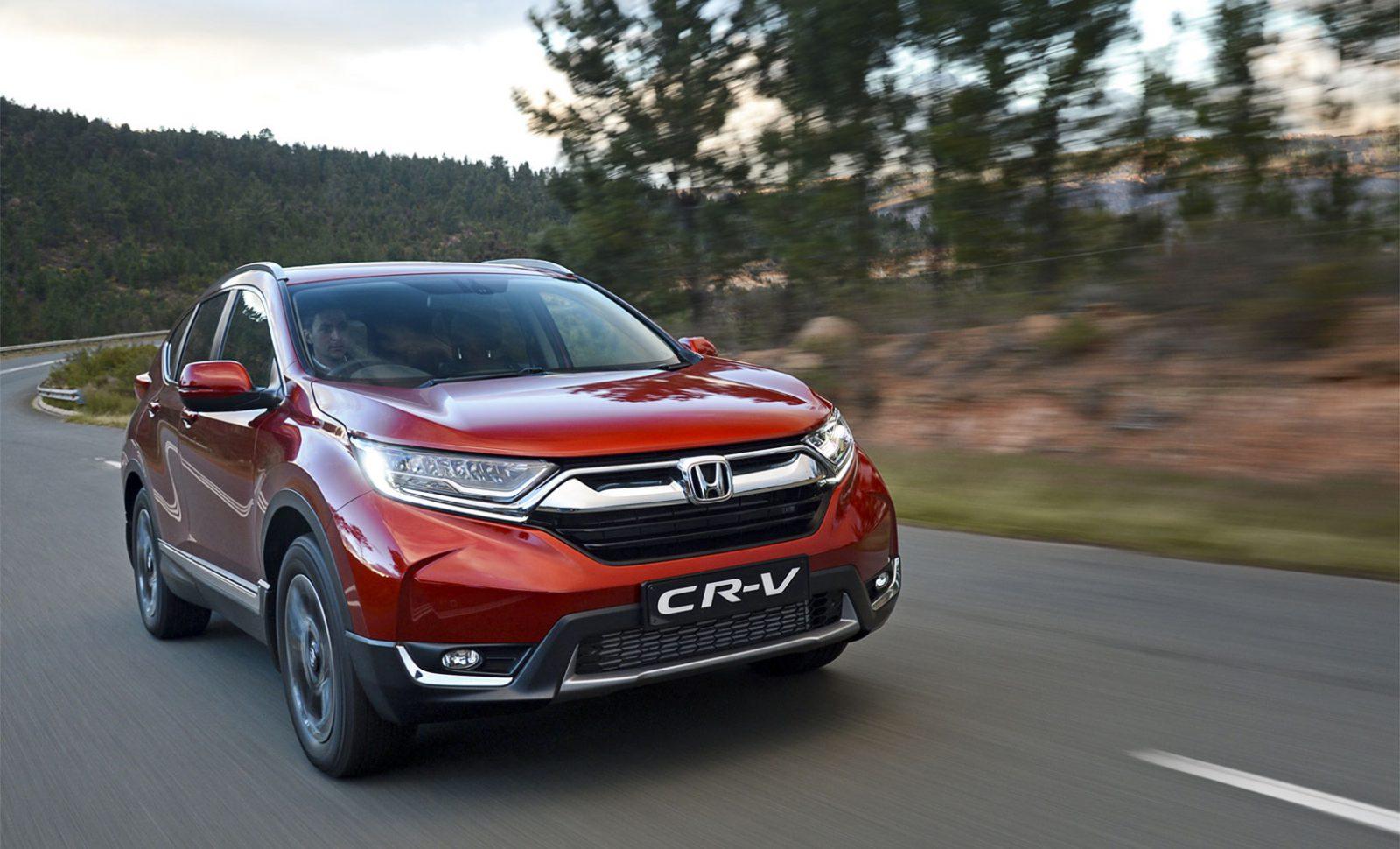Indeed, no matter how well-engineered, front-wheel drive (FWD) cars are they do compromise when it comes to speed. While they have certain disadvantages in terms of efficiency and packaging, however, no rear wheel drive Honda (RWD) cars will be available even in the coming years. The brand sticks either to front-wheel drive or with all-wheel drive (AWD) cars only. Surprisingly, Honda once made well-regarded RWD cars but it’s an old story now.
Read more:
Contents
History and Filtration of Rear Wheel Drive Honda Cars
This question puzzles most people as Honda once made successful RWD cars in the market. The first generation Honda S2000 roadster had a rear-while drive with exceptional performance and handling. According to statistics, the model was extremely successful in Japan and the United States.

Unfortunately, the second generation was not as successful as the first model and eventually discontinued in the year 2009. At this time, it was rumored that Honda would manufacture a full-size sedan with a V8 engine and RWD handling under the president, Takeo Fukui.
Before V8 got on the roads, sadly, the world hit the economic crisis and Takanobu Ito replaced Fukui. Within no time, Ito announced that Honda was not going for a V8 engine or RWD. Instead, the brand will focus on hybrid cars, FWD, V6 engines and inline-four. And then, Rear wheel drive Honda cars were not present in the imaginations as well.
Watch more:
Rear Wheel Drive Essence and Reputation
Simply put, the essence of RWD never matches its reputation. Ask a sports car lover to name a luxury or muscle car, there’s no way the car can work without an RWD drivetrain. RWD is simply outstanding. RDW’s reputation is marvelous and hence, impossible to define.
1. Why is RWD better?

At first, RWD has a much better balance than FWD. In an FWD car, the transmission, the engine, and the axle assembly all are in one line with the front wheel. In addition to this, RWD distributes the weight of the car with the help of longitudinal engine placement, middle transmission, and axle assembly at the back end. Better balance provides better handling and steering, especially when it comes to around corners. Often people with FWD car use under-steer or over-steer to denigrate the drive train. This means you have to be careful when driving an FWD car.

This is not the case with RWD. It has a more rugged axle and is easy to run over potholes and curbs without affecting the car. As everything is loaded in the front of the FWD, it needs much more carefulness than RWD. To your surprise, the CV joints of Honda need full replacements – rare people know this. Also, you need certain driving and maintenance tips to drive FWD cars.
Honda is being rigid with its decision of not using the RWD when it can win millions of hearts. People want the brand to come with RWD cars in the market. Rear wheel drive Honda cars can surely gain popularity and can become a lucrative decision for the brand.
RWD vs FWD: Which Should We Buy?
Drivers can choose vehicles equipped with front-wheel drive to save costs if the demand for using the vehicle is not high, especially for sportiness and performance. Therefore, hatchbacks, sedans, and small crossovers are the most suitable choices because of their airy interior space, and a few complicated parts that take up a lot of space.
On the contrary, for customers who focus on outstanding performance and want to enjoy a better driving experience, or love powerful sports cars, rear-wheel drive is the right choice.
Because the transmission system is separated, the area for the engine system and other details is expanded, so the vehicle has less damage, is easier to maintain, and increases the vehicle’s lifespan.
In general, each type of drive has different advantages and disadvantages when applied to vehicles, so it is impossible to choose which drive system is best. With the FWD, the outstanding advantage is its simple structure, helping to save fuel and reduce vehicle weight and production costs. However, operating stability is not high, parts wear out quickly and are difficult to repair.
The RWD system has a more complex structure than the FWD, and the production cost is high, but the operating stability is quite high, giving drivers a more enjoyable driving experience.
The manufacturer will base on the performance of each vehicle model to equip the appropriate drive system. Drivers need to be based on their preferences, usage needs, and financial conditions to make the best choice.



